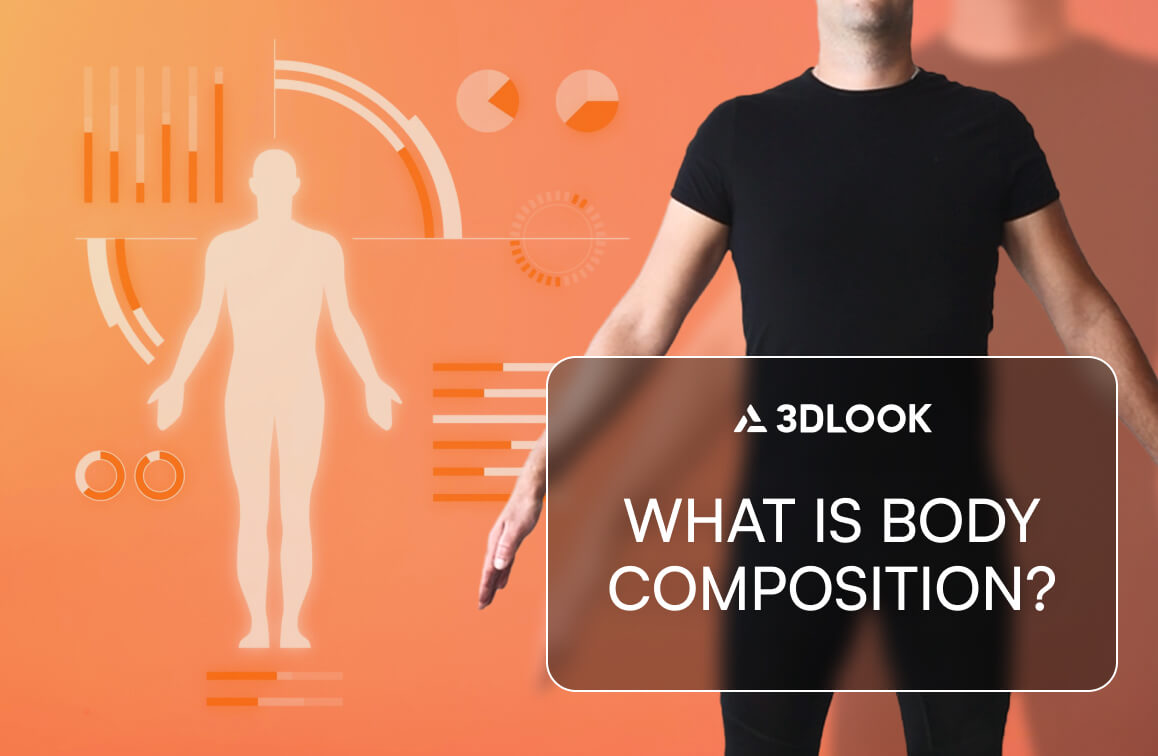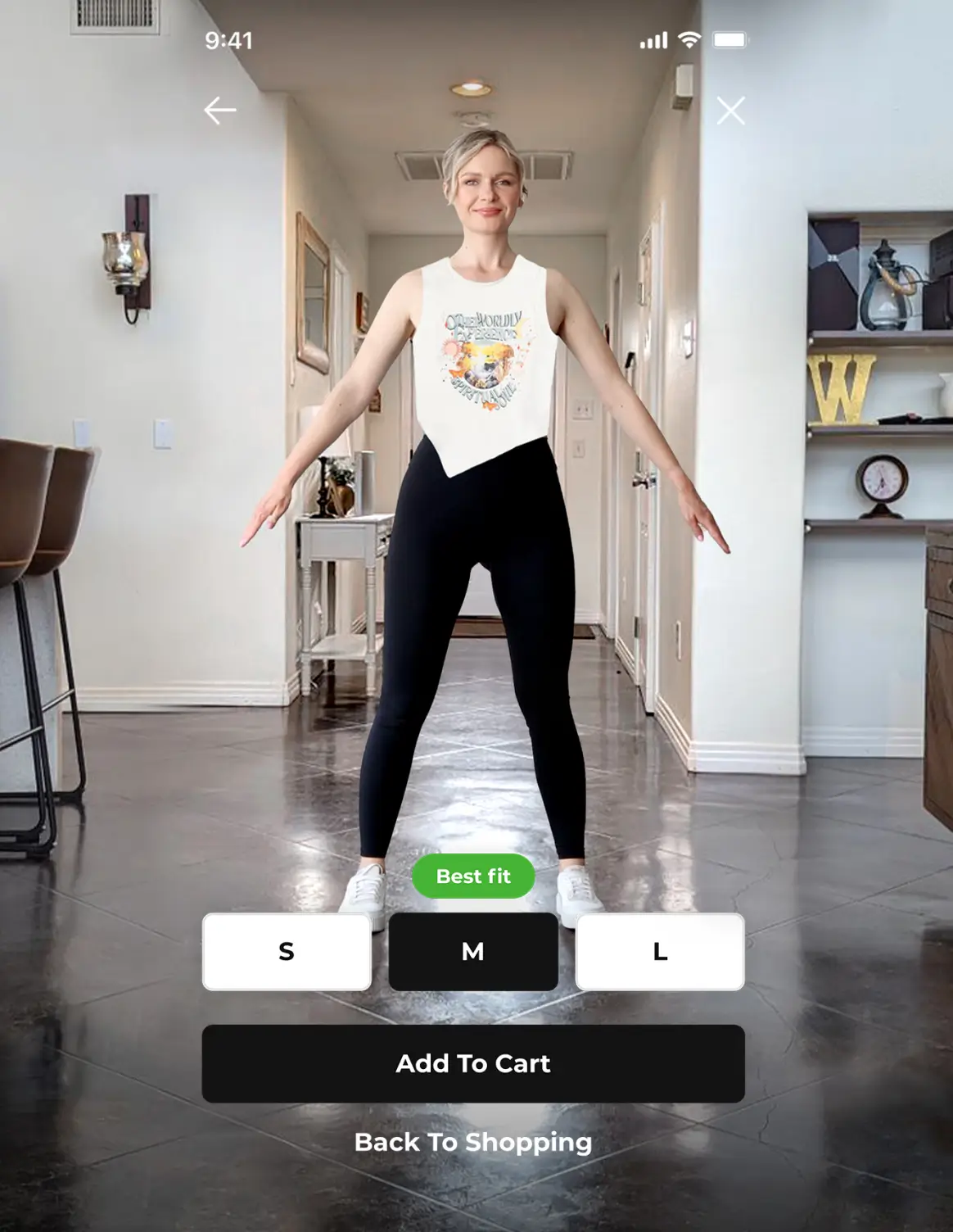Understanding your body composition goes far beyond what the scale tells you. While weight alone provides a limited snapshot of health, body composition analysis reveals the complete picture by breaking down your body into its core components: muscle mass, fat mass, bone density, and water content. This comprehensive approach to health assessment is revolutionizing how businesses, healthcare providers, fitness centers, and wellness organizations serve their clients and patients.
What is Body Composition?
Body composition refers to the proportion of different tissues that make up your total body weight. The primary components include:
- Muscle mass – Active tissue that burns calories and supports metabolism
- Fat mass – Essential and storage fat that serves various bodily functions
- Bone mass – Mineral density that provides structural support
- Water content – Fluid balance throughout the body
Unlike traditional weight measurements, body composition analysis distinguishes between healthy weight from muscle and potentially concerning weight from excess fat. Two people with identical weights can have vastly different body compositions and health profiles.
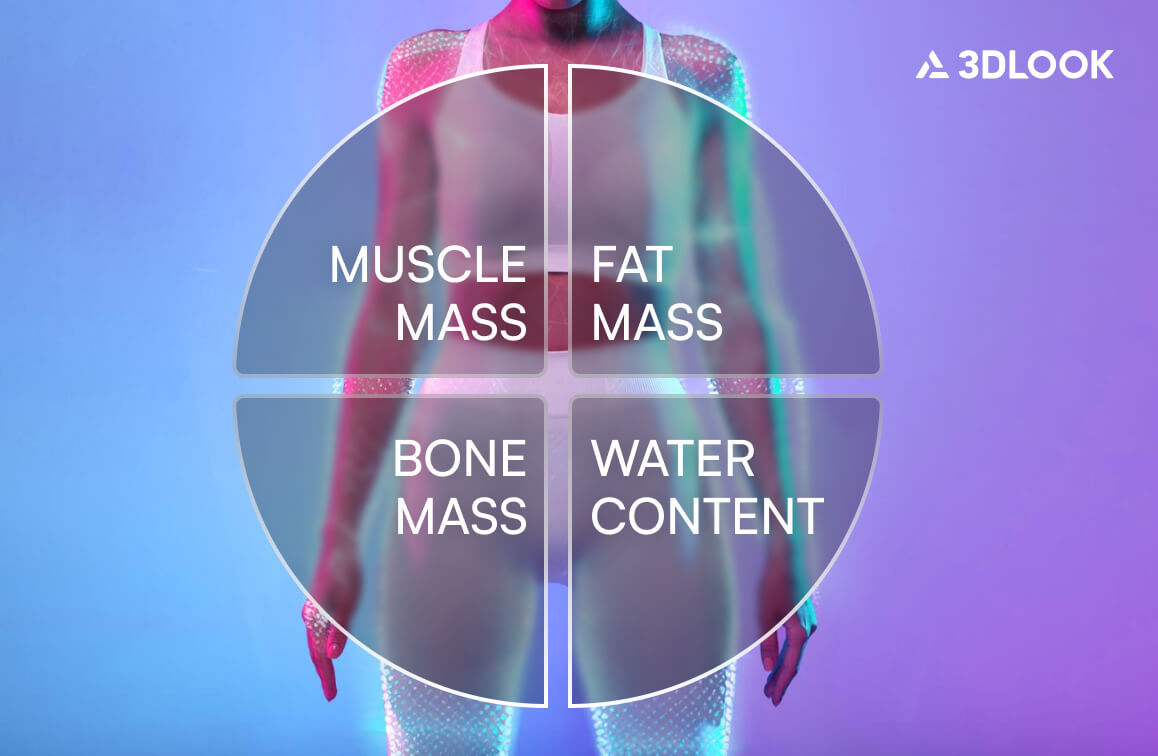
Traditional Methods of Measuring Body Composition
DEXA Scan (Dual-Energy X-ray Absorptiometry)
DEXA scans are considered the gold standard for body composition analysis. This medical-grade imaging technique uses low-dose X-rays to measure bone density, lean mass, and fat distribution with exceptional accuracy. Research shows DEXA scans have an accuracy and precision ranging from a 1 to 2 percent margin of error, making them significantly more reliable than alternative methods.
Studies demonstrate that DEXA systems can measure total body bone mineral density with a precision of better than 1%, with coefficient of variation as low as 0.96% across multiple systems. However, when compared to four-compartment reference models, DEXA shows systematic differences with individual variations ranging from -2.6 to 7.3% body fat, particularly underestimating body fat in leaner individuals.
Pros:
- Highly accurate and precise
- Provides detailed regional analysis
- Measures bone density
- Minimal radiation exposure (less than 10 microSieverts per scan, equivalent to one day of background radiation)
Cons:
- Expensive ($100-300 per scan)
- Requires specialized medical facilities
- Not easily accessible for regular monitoring
- Time-consuming appointment process
Hydrostatic Weighing
Also known as underwater weighing, this method calculates body density by measuring weight displacement in water. Based on the principle that muscle is denser than fat, it provides accurate body fat percentage calculations. Research indicates that when performed correctly according to recommended guidelines, hydrostatic weighing has a small percentage error of ±1.5%, earning its designation as a gold standard assessment method.
However, accuracy can be significantly affected by the measurement of residual lung volume, which contributes the largest source of variation in results.
Pros:
- High accuracy when performed correctly (±1.5% error)
- Well-established scientific method
- Reliable for research purposes
Cons:
- Requires specialized equipment and facilities
- Uncomfortable procedure involving full submersion
- Not practical for regular use
- Expensive and time-consuming
- Accuracy depends heavily on proper residual volume measurement
Discover how AI-powered body data is revolutionizing health, fitness, and weight management, setting a new standard for personalization and progress tracking.
Bioelectrical Impedance Analysis (BIA)
BIA devices send a small electrical current through the body to measure resistance. Since muscle contains more water than fat, it conducts electricity better, allowing for body composition calculations. However, research consistently shows significant limitations in BIA accuracy.
Studies reveal that BIA has standard errors of estimate ranging from 4.6 to 6.4% body fat when compared to reference methods. A comprehensive review found that BIA is “considered reasonably accurate for measuring groups, of limited accuracy for tracking body composition in an individual over a period of time, but is not considered sufficiently accurate for recording of single measurements of individuals.”
Recent research comparing BIA devices to four-compartment models shows ~3% body fat offset compared to criterion methods. Consumer-grade devices for measuring BIA have not been found to be sufficiently accurate for single-measurement use and are better suited for tracking changes over time.
Pros:
- Relatively affordable
- Quick and easy to use
- Widely available in consumer devices
Cons:
- Accuracy varies significantly between devices (5-15% margin of error for alternative methods vs 1-2% for DEXA)
- Highly influenced by hydration levels, food intake, and exercise timing
- Can be affected by recent meals or exercise
- Limited precision for individual measurements
- Assumptions about body water content often invalid
Bod Pod (Air Displacement Plethysmography)
The Bod Pod measures body volume through air displacement in a sealed chamber, then calculates body density and composition.
Pros:
- Non-invasive and comfortable
- Good accuracy for body fat percentage
- Quick measurement process
Cons:
- Expensive equipment limits availability
- Requires specialized training to operate
- Less detailed than DEXA scans
- Primarily available in research or clinical settings
The Limitations of Traditional Methods
While these established methods have their place in body composition analysis, they share common limitations that make them impractical for business integration and scalable client services:
Accessibility barriers prevent most organizations from offering these methods regularly. The combination of high costs, limited availability, and complex scheduling makes consistent client tracking nearly impossible for fitness centers, wellness programs, and healthcare practices.
Operational constraints mean that even when accessible, these methods require significant time investment, specialized training, and often uncomfortable procedures that discourage regular client use. For businesses, this translates to poor client retention and limited revenue opportunities.
Scalability challenges make it impossible for organizations to serve large client bases efficiently. Traditional methods simply cannot support the volume and frequency requirements of modern business operations.
Limited comprehensive data – Many traditional methods focus on single metrics like body fat percentage without providing the complete picture needed for comprehensive client programs and business insights.
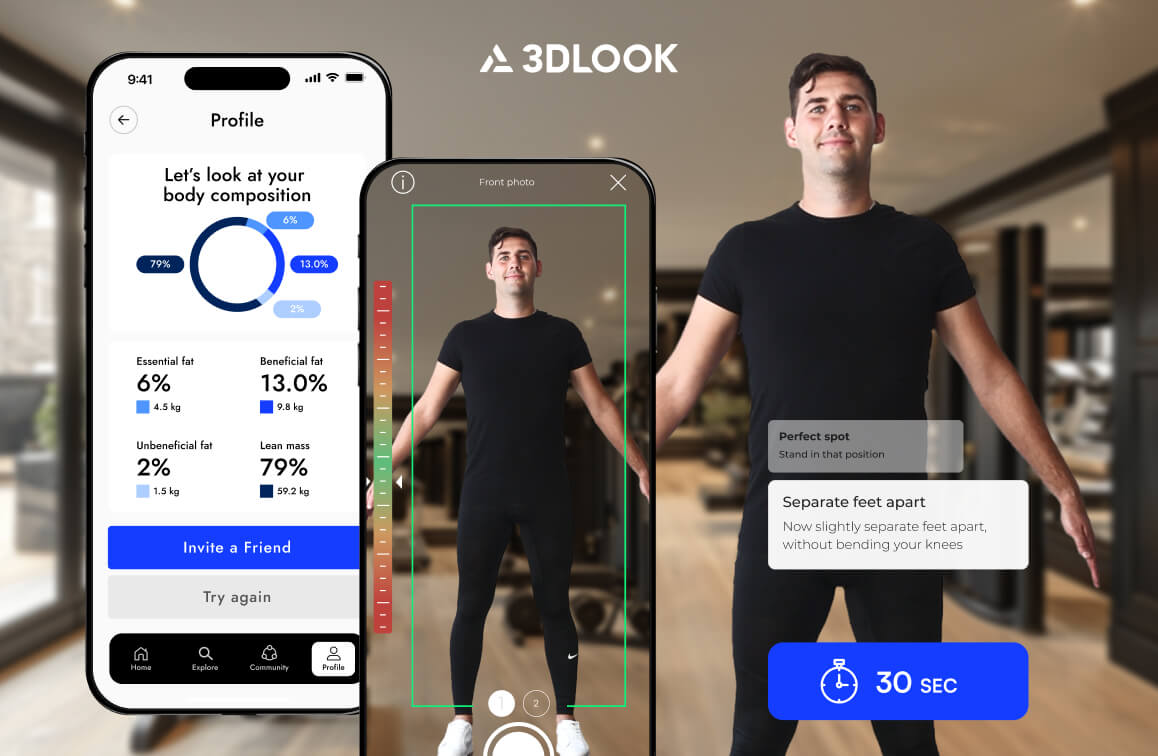
The 3DLook Advantage: Enterprise-Grade 3D Body Scanning
3DLook has transformed body composition measurement through advanced 3D scanning technology that makes accurate, comprehensive body analysis accessible to businesses and organizations worldwide. By integrating 3DLook’s API and SDK solutions, companies can offer their clients and customers smartphone-based body composition analysis that rivals expensive clinical equipment.
The 3DLook platform uses machine learning to analyze body shape and proportions from smartphone photos. Through seamless API integration, businesses can embed this sophisticated technology directly into their applications, websites, or service offerings, providing clients with instant, professional-grade body composition analysis.
Key Business Advantages of 3DLook
Scalable Technology Integration Unlike traditional methods requiring expensive equipment and specialized facilities, 3DLook’s API and SDK solutions integrate seamlessly into existing business infrastructure. Organizations can serve unlimited clients without hardware investments or facility constraints.
Enhanced Client Experience and Retention Offer clients convenient, accurate body composition analysis they can perform anywhere, anytime. This accessibility drives higher engagement rates and improved client satisfaction, leading to better retention and increased lifetime value.
Operational Efficiency Eliminate the time, training, and space requirements of traditional methods. Staff can focus on high-value client interactions while 3DLook handles the technical measurement process automatically.
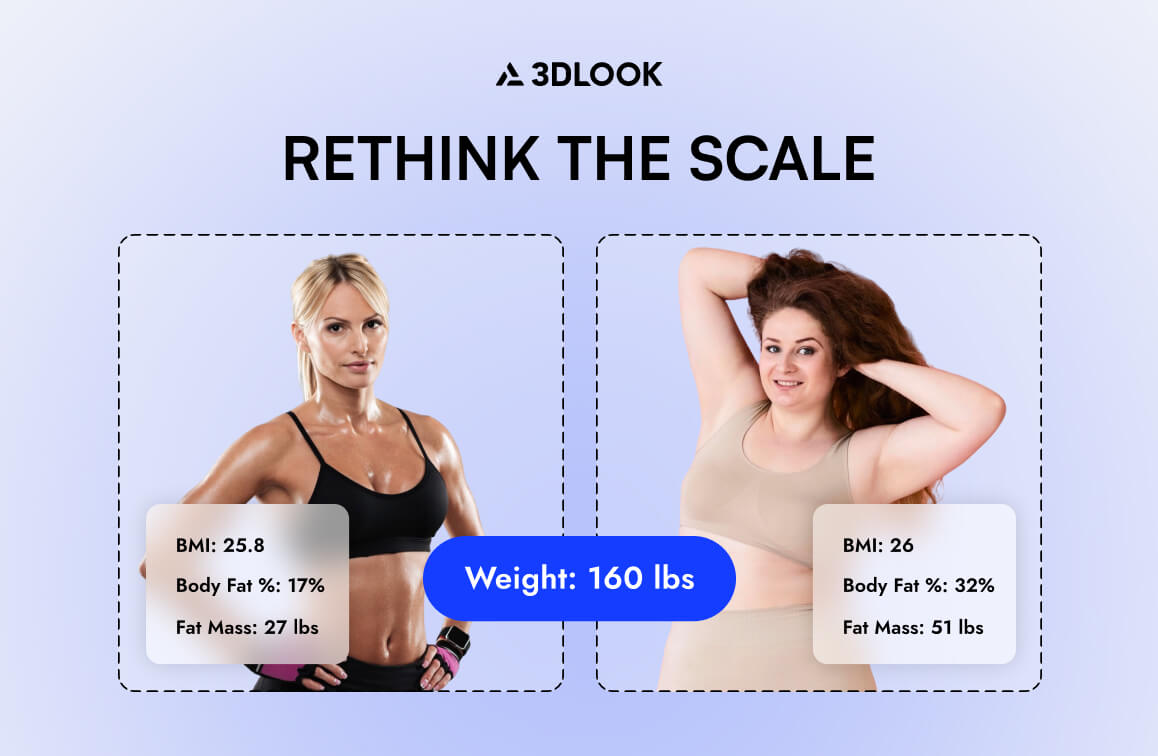
Real-World Applications Across Industries
Healthcare: Remote Patient Monitoring That Actually Works
Healthcare providers are discovering that body composition tracking fills a critical gap in patient care. According to ResearchAndMarkets.com, the remote patient monitoring (RPM) market was valued at USD 39.54 billion in 2023 and is expected to reach USD 77.90 billion by 2029, rising at a CAGR of 11.97%. This explosive growth reflects the urgent need for continuous patient monitoring solutions that work outside traditional clinical settings.
The University of Pittsburgh Medical Center’s research demonstrates RPM’s clinical impact, showing it reduces hospital readmissions by 76% and achieves 90% patient satisfaction rates. More broadly, studies indicate that RPM can reduce hospital admissions by 38% and emergency room visits by 51%, demonstrating measurable impact on both patient outcomes and healthcare costs.
Patients use their smartphones to capture body composition data, which feeds directly into electronic health records. Grand View Research projects the U.S. remote patient monitoring market to grow at a CAGR of 18.4% from 2024 to 2030, with more than 71 million Americans expected to utilize RPM services by 2025.
The workflow transformation is remarkable: Instead of quarterly check-ins with limited data, providers receive regular updates showing actual body composition changes. This enables proactive interventions, personalized treatment adjustments, and improved patient outcomes. Industry analysts estimate that RPM could save the healthcare industry up to $200 billion over the next 25 years.
Fitness: Member Engagement That Drives Results
Fitness centers face a brutal retention challenge that body composition tracking directly addresses. According to the research, 50% of new gym members quit within the first six months, with traditional health clubs averaging a 71.4% retention rate. However, Smart Health Clubs research reveals that 59% of members stay longer when they track measurable results through body composition scans and strength tracking.
The data becomes even more compelling when examining engagement patterns. Les Mills research shows that members who join group classes are 26% more likely to stay loyal than those who don’t, while fitness club members who don’t participate in group exercises face a 56% higher likelihood of canceling their memberships according to industry studies.
Research consistently confirms that visible progress tracking is the top factor in member retention, with Smart Health Clubs data showing 59% of members staying longer when they can measure results. The technology transforms subjective “how do you feel” conversations into objective progress discussions backed by real data.
Final Thoughts
Measuring body composition provides crucial insights that weight alone cannot offer. While traditional methods like DEXA scans and hydrostatic weighing remain valuable for specific clinical applications, their limitations make them impractical for scalable business operations and regular client monitoring.
3DLook’s innovative 3D scanning technology addresses these limitations by providing accurate, comprehensive body composition analysis that integrates seamlessly into business operations. By offering API and SDK solutions that deliver clinical-grade measurement through smartphone technology, 3DLook empowers organizations to enhance their services, improve client outcomes, and create new revenue opportunities.
